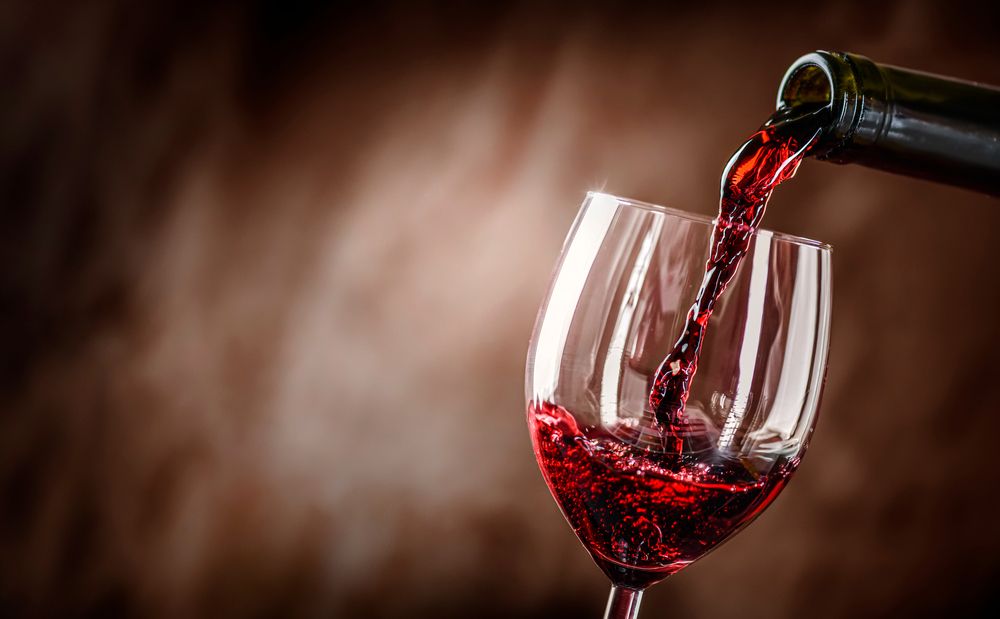It's that time of year for festive dining and wine enjoyment by the fire! But before you indulge in a holiday charcuterie board accompanied by your favorite merlot or cabernet, it's important to be aware of something new. Recent research published in Scientific Reports by scientists at the University of California, Davis, sheds light on the phenomenon of "red wine headaches." Let's face it, experiencing a headache after a night of wine sipping can be quite unpleasant.
A Recent Study Uncovers the Underlying Cause of Red Wine Headaches

We've all experienced the morning-aftereffects of a bit too much wine, but this study focuses on red wine and reveals that even a small glass can lead to a red wine headache. What's interesting is that this headache can strike within 30 minutes to three hours after indulging.
The research team has unraveled the mystery behind this troublesome red wine headache, particularly why it affects individuals who don't typically experience headaches when consuming small amounts of other types of alcohol. The culprit appears to be "Quercetin," a flavanol naturally found in various fruits and vegetables, including grapes. Interestingly, Quercetin is known for its health benefits, such as anti-inflammatory, antiviral, antimicrobial, and anticancer properties, and is even available in supplement form. The issue arises when Quercetin interacts with alcohol, particularly red wine.
Andrew Waterhouse, a wine chemist and the corresponding author of the study from the UC Davis Department of Viticulture and Enology, explains, "When it gets into your bloodstream, your body converts it to a different form called quercetin glucuronide. In this form, it inhibits the metabolism of alcohol."
As a result, enjoying red wine can lead to the accumulation of acetaldehyde, a known toxin, according to Apramita Devi, the lead author of the study and a postdoctoral researcher at the UC Davis Department of Viticulture and Enology. Devi notes that acetaldehyde is a well-recognized irritant, inflammatory substance that can cause facial flushing, headaches, and nausea when present in high levels.
Waterhouse also mentions that the amount of Quercetin in red wine can vary significantly depending on factors like sunlight exposure during grape growth. For example, grapes grown with clusters exposed to sunlight, as seen in Napa Valley cabernets, can contain much higher levels of quercetin, sometimes four to five times more.

